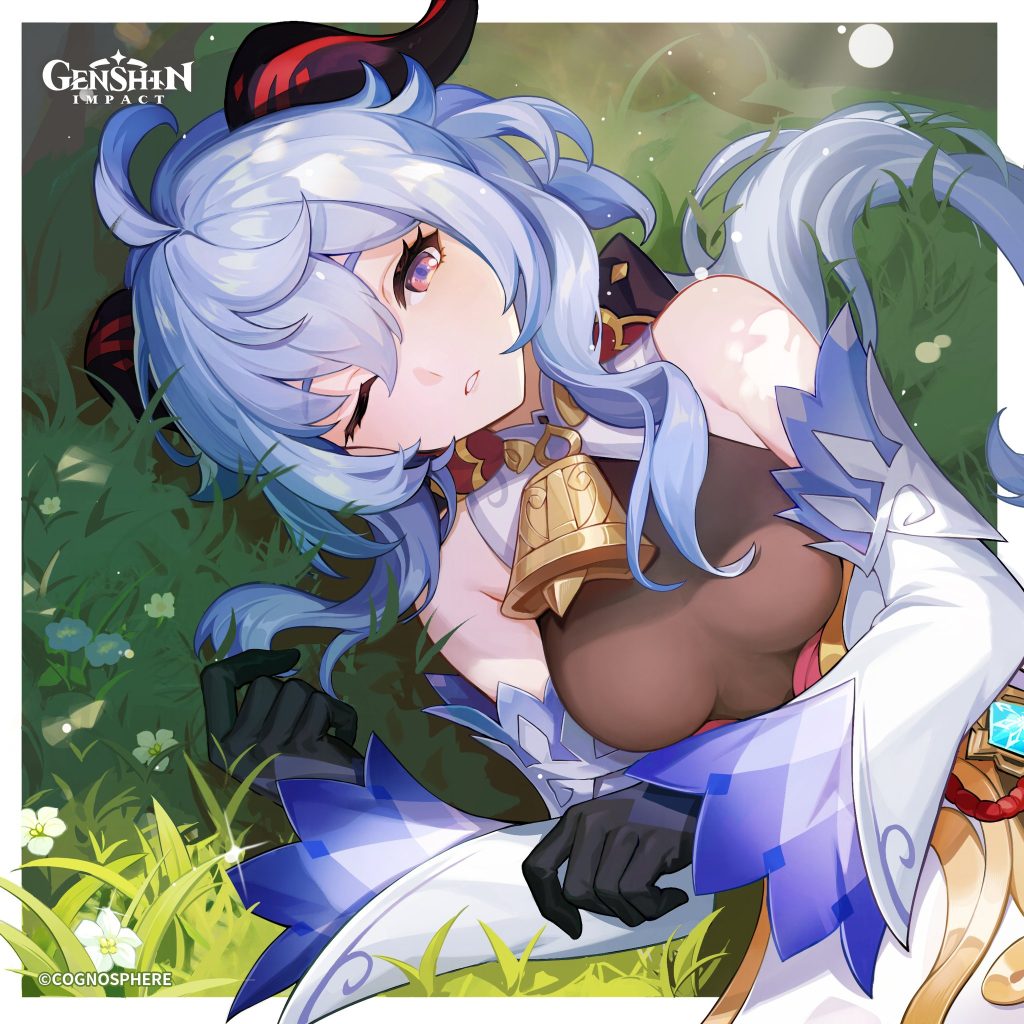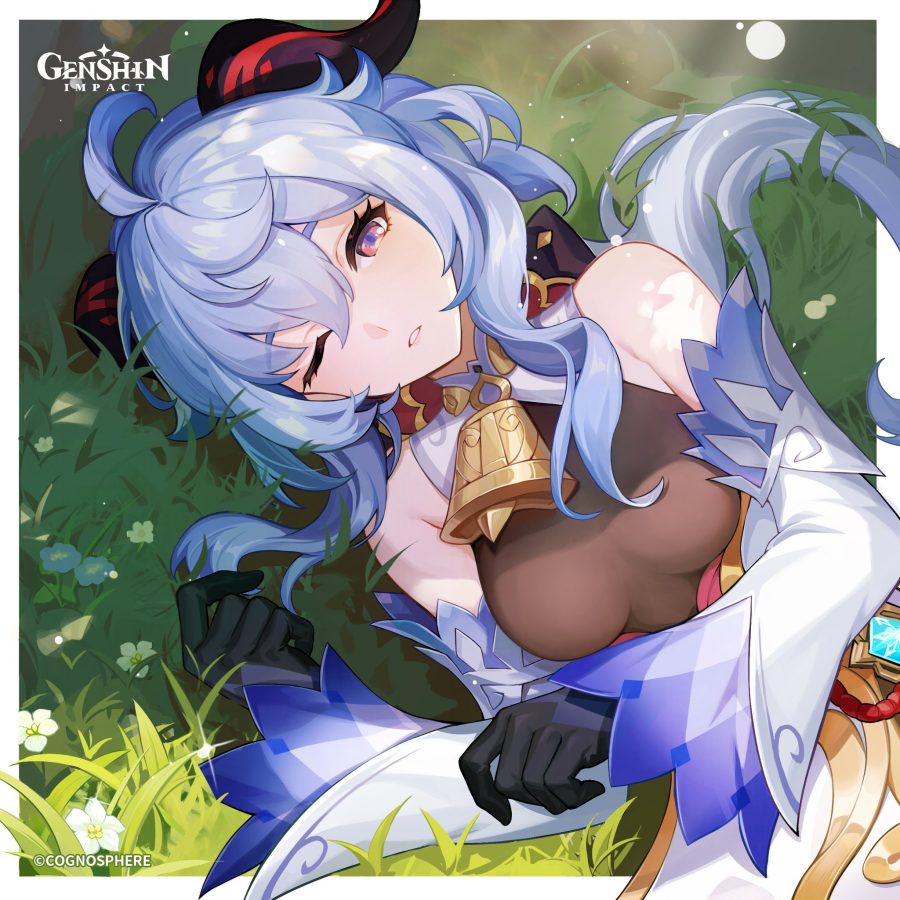The concept of le regard was first proposed by the British art critic John Berger in Ways of Seeing (1972). Feminist intellectual Laura Mulvey used the concept of the gaze to critique traditional representations of women in film, resulting in the concept and terminology of the male gaze.
The “male gaze” is a term from feminist theory, it refers to visual arts and literature that portray the world and women in a masculine, heterosexual perspective, presenting women as objects of male pleasure or desire.
Key features of the “male gaze” :
Objectification: It involves portraying women as objects of male desire, often emphasizing appearance, sensuality, and passivity, reducing them to objects for male viewing.
Power dynamics: The gaze implies a power imbalance where the viewer (usually assumed to be male) has control, while the gaze object (usually female) is passively observed.
Subject and object: Women are often positioned as the object to be observed, while men often occupy the position of active viewer or subject.
Media and culture: Seen in all forms of media, including film, advertising, art, and literature, women are often represented through the eyes of heterosexual men

Similar elements of the “male gaze” can sometimes be seen in quadratic games, especially in the design and presentation of female characters in games.
Female characters may be designed to be very exaggerated, with oversized eyes, full bodies, and sexy costumes. Games may emphasize the physical characteristics of these female characters to make them attractive to male players.
This approach to design and presentation reflects the influence of the “male gaze” to some extent, and game developers may be more inclined to design and present female characters to cater to the aesthetic and desires of male players. This can lead to some female characters being more one-dimensional, relying more on sex appeal and physical characteristics, rather than creating more diverse and deeper characters.

On the right is the birthday picture of the game character “Gan Yu” released by the original God. Gan Yu’s overly plump figure and sexy clothes have often triggered discussions about “pleasing men” since the character’s image was announced.
The “male gaze” concept highlights the pervasive power dynamics and objectification of women in media and culture. It serves as a framework to help understand and critique the portrayal of women from a male perspective. The concept prompts a critical examination of the way women are represented in the media and the impact these representations have on society.
Reference
Mulvey, Laura (Autumn 1975). “Visual Pleasure and Narrative Cinema”.
Picture 1:https://x.com/genshinimpact/status/1346667812614389760?s=46
Picture 2:https://x.com/GenshinImpact/status/1730799264102756821?s=20


I’m very much in agreement with you!It is true that for a long time, a large part of the image of women presented in the media has been through a male perspective. These male gazes have given a bad image of women and have objectified them too much. Perhaps you could also explore the subsequent effects of the male gaze, such as the “backlash” or response from women.
The article could be further enriched by including a comparison with games that actively resist or subvert the male gaze. This would not only provide a balanced view but also highlight the evolving nature of character design in the gaming industry. Additionally, exploring the impact of these portrayals on the gaming community and broader society, such as their influence on gender perceptions and attitudes, would deepen the analysis.
Definitely a clear example of how the male gaze is used to present women in video games. You clearly explained what Mulvey’s theory is and you have made a great application of it to this scenario. The gaming industry has historically been quite male-dominated which limits how characters are presented to only a male interpretation of them. However, I would have liked to have seen another example or two either for or against the gaze from another video game. There are so many different characters in video games which you could use to highlight the male gaze which could be used to further or counter your argument.
This is a great visual example of the male gaze! You explained the theory well by using several key features and elaborating on each a bit! you were also able to implement it with your example! What I find interesting is that most of the female characters in Genshin Impact seem to adapt to male gaze in various ways: be it revealing clothes or even ,as gross as it sounds, sexualisation of certain characters that appear in a body of a child like Qiqi!
What I think could have been improved structure and text size of the post and also using another example from the same game or maybe even an example of female gaze in genshin would have been interesting! Also don’t forget to cite Mulvey’s theory!